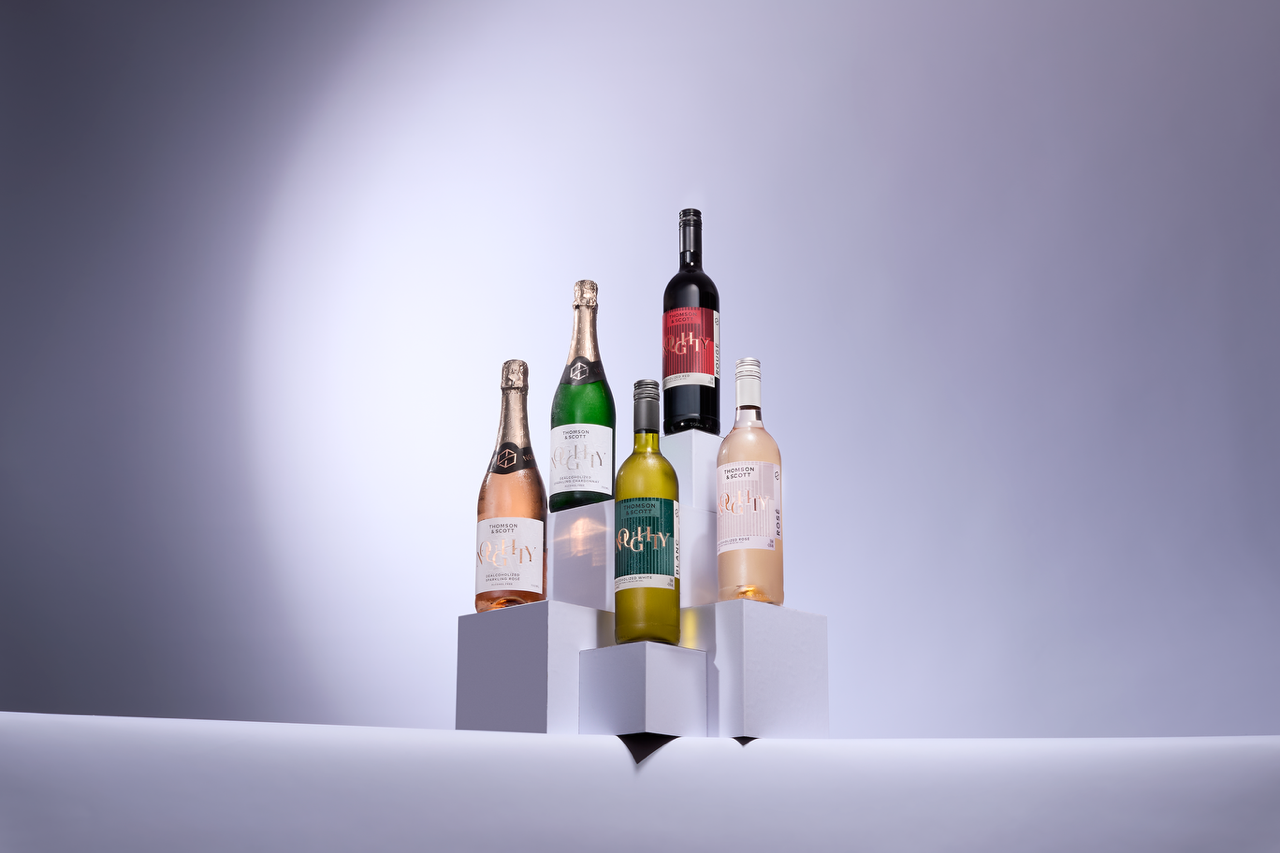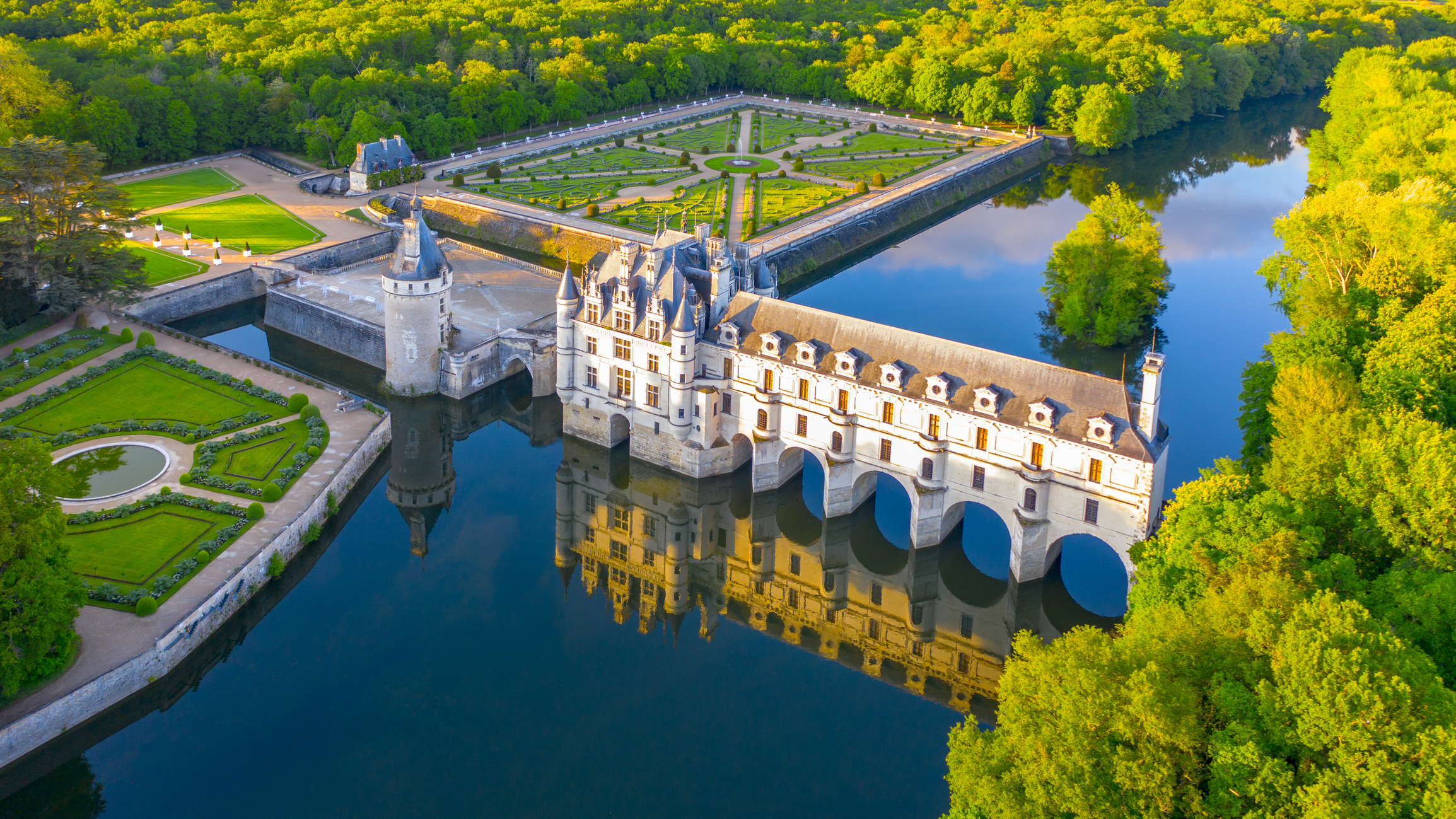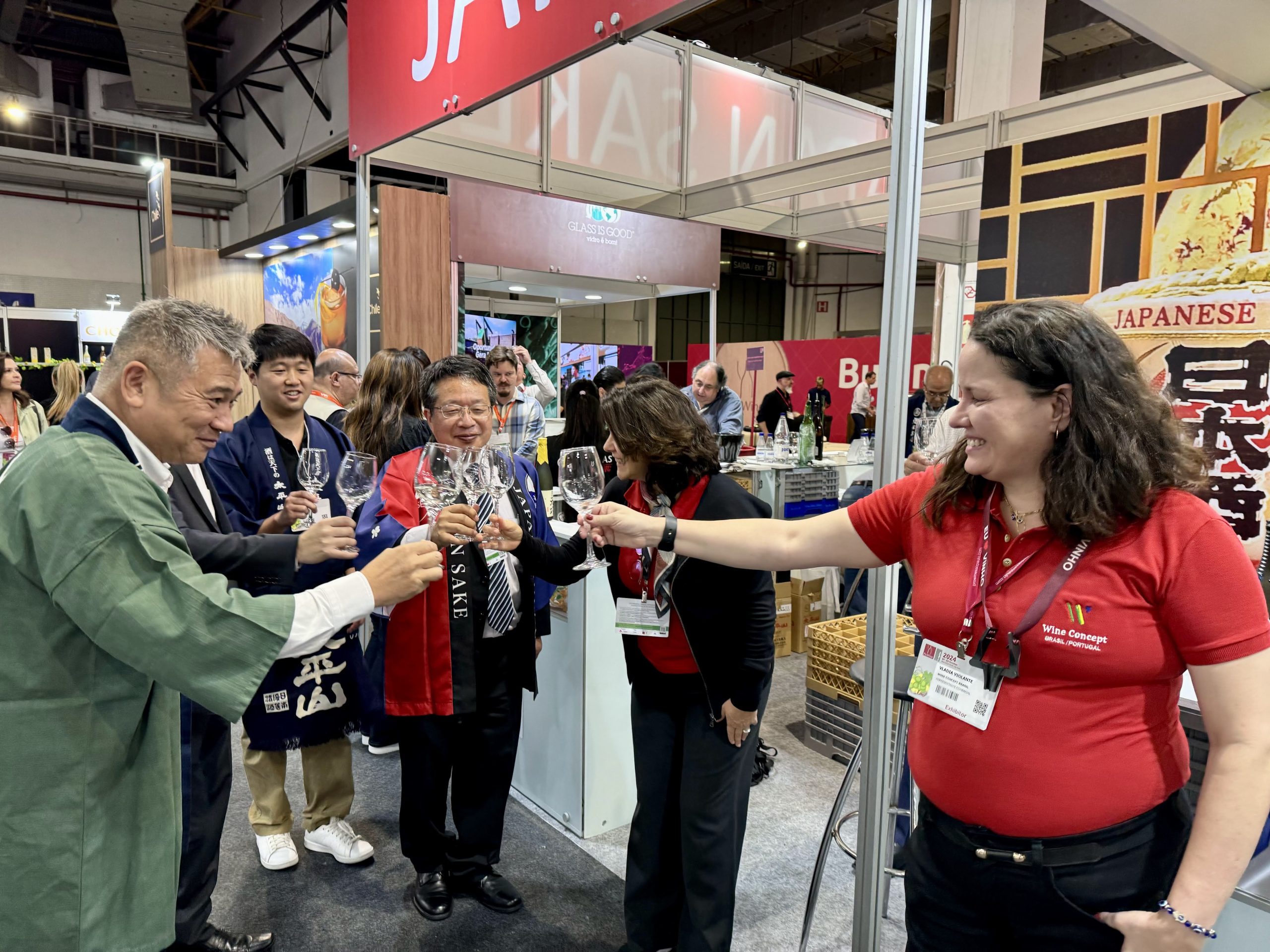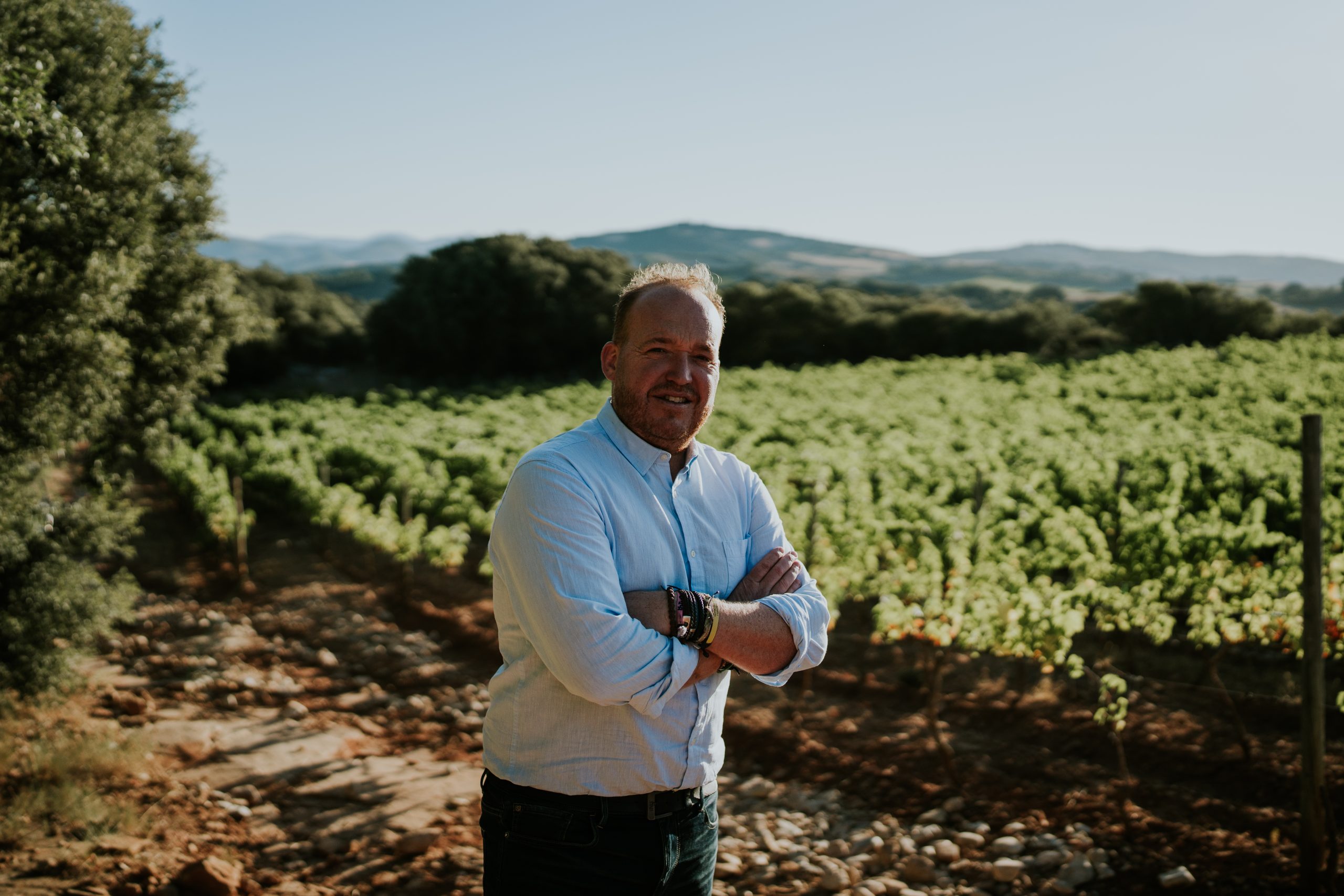This website uses cookies so that we can provide you with the best user experience possible. Cookie information is stored in your browser and performs functions such as recognising you when you return to our website and helping our team to understand which sections of the website you find most interesting and useful.
What do the world’s best-selling Champagnes taste like?
By Patrick SchmittThe biggest names in Champagne may be highly recognisable, but what do they taste like? We assess the top 10 leading labels for style and quality.
The quality of Brut NV Champagne, such as Veuve Clicquot’s ‘Yellow Label’ has been on the rise over the past 10 years
As part of the drinks business Global Masters wine tasting competition series, we have been judging Champagne quality since 2012 using sparking wine experts and Masters of Wine only.
And, in the past few years, we have ensured that the Champagne Masters – which seeks to assess the relative quality of just Champagnes according to price and style – includes the biggest names in the business.
Along with all our competitions, the judging is done ‘blind’, which ensures that no taster is influenced by source area or producer.
With this in mind, over the following pages, we are able to bring you a totally impartial analysis of the style and quality of Champagne’s biggest names, along with a brief look at the components of these blends – which use wines from a range of years, and grapes from across the Champagne region.
Significantly, the quality of Brut Non-Vintage Champagne, which is the standard-bearer for any brand, has been on the move over the past 10 years, with today’s blends offering greater depth and precision – which stems from an increase in the proportion/age of reserve wines in the blend, while, at the same time, lowering the amount of sugar added just before the fizz is corked, otherwise known as the dosage.
Better quality vineyard management and harvesting techniques have also yielded higher-quality grapes, giving rise to improved base wines for making Champagne – a necessary development as the competition among rival sparkling wines intensifies.
While, helping the biggest names in the Champagne trade are major investments in winemaking facilities – the leading houses are aiming to increase scale and quality.
Indeed, as previously reported by db, huge sums have either been recently spent or are being committed to updating production facilities at major-volume maisons such as Lanson, Taittinger, Moët and Veuve Clicquot, as well as smaller but equally high-profile brands such as Bollinger, Pol Roger and Roederer.
For those not familiar with the Champagne winemaking terms used above and throughout this list, please see the definitions below:
- The dosage is a final addition of wine and sugar syrup that determines the residual sugar of Champagne.
- Reserve wine is an aged still wine used for blending with still wine of the youngest vintage before the combination of wines undergoes secondary fermentation in bottle to become non-vintage Champagne.
- Lees ageing refers to the practice of leaving the wine in contact with the dead yeast cells formed after the second fermentation in bottle. The interaction of the wine with its lees is called autolysis, and brings a creaminess to the wine, along with bready aromas and reduced astringency, depending on the time a wine spends in contact with the lees. It’s widely believed that four years contact is necessary for the bready aroma to be clearly detectable.
- MLF refers to malolactic conversion or fermentation. This is a process after the primary fermentation whereby malic acid present in the grape must, which has a very sharp taste, is converted to milder lactic acid by the successive action of various bacteria of the genera Oenococcus, Lactobacillus and Pediococcus. In modern stainless steel fermentation vessels it can be started by inoculating the wine with a bacterial culture, and stopped by fining, filtration or cold stabilisation. Some Champagne houses block the conversion, notably Gosset, Lanson, Alfred Gratien, Krug and Louis Roederer (although the last may allow a proportion to go through MLF, depending on vintage conditions).
- Brut Non-Vintage (BNV) is Champagne made from a blend of harvests with a dosage of less than 12 grams per litre (g/l) of residual sugar, although there is a 3g/l tolerance.
10. Canard-Duchêne
Canard-Duchêne sells 4.1 million bottles annually
Label: Canard-Duchêne Authentic Brut Non-Vintage
Blend (approx.): 45% Pinot Noir, Pinot Meunier 35%, Chardonnay 20%
Reserve wine (%): 25-29
Lees ageing (months): 23-26
Dosage (g/l): 9-9.9
MLF: Full
Price (RRP, UK): £25
Size (approx. annual sales, 2015): 4.1 million bottles
Cellar master: Laurent Fédou
Acquired from luxury drinks leviathan Moët Hennessy by Groupe Thiénot in 2003, Canard-Duchêne has enjoyed greater levels of investment and focus in its current, much smaller Champagne stable.
Not only has the new owner invested in improving the wines and refreshing the brand’s packaging and marketing, but Groupe Thiénot has renovated Canard-Duchêne’s historic winery.
As part of this, the company has invested over €1 million to integrate the brand’s winery into the landscape using wooden cladding and trees – a project inspired by Canard-Duchêne’s environmentally-sensitive positioning, which has been spearheaded by the brand’s Authentic Green organic Champagne, launched in 2010.
As for the Authentic Brut Non-Vintage, this relatively inexpensive Champagne offers a good-value alternative to some of the more famous names in this list, and delivers a bright, and relatively light style of fizz, with lots of fresh lemon fruit, a hint of breadiness, and a palate-cleansing chalky note on the finish.
Champagne Masters 2017 medal: Bronze
9. Lanson
Lanson sells 4.2 million bottles annually
Label: Lanson Black Label Brut Non-Vintage
Blend (approx.): 50% Pinot Noir, 35% Chardonnay, 15% Pinot Meunier
Reserve wine (%): 30 (minimum)
Lees ageing (months): 36 (minimum)
Dosage (g/l): 8
MLF: Predominantly blocked
Price (RRP, UK): £30
Size (approx. annual sales, 2015): 4.2 million bottles
Cellar master: Hervé Dantan
Aside from the distinctive dark packaging, Lanson’s Brut Non-Vintage, called Black Label, stands out in this list for two reasons.
Firstly, and most importantly, Lanson prevents its wines from going through the malolactic fermentation, which means that they retain the mouth-watering malic acid, and pure apple-like flavours inherent in all grapes, but particularly those grown in Champagne.
Secondly, Lanson Black Label is the only Brut NV among the 10 biggest sellers to print disgorgement dates on its back labels – which means the drinker can quickly tell when the Champagne was corked.
This is very helpful if you choose to cellar the non-vintage wine, and especially so for Lanson, which is a style of Champagne made for extended ageing.
Like other houses in this list, Lanson has invested in a number of quality improvements in recent history, most notably a longer period spent ageing on its lees, as well as off them (post-disgorgement), along with a slight drop in dosage.
Buyers of Black Label can expect an extremely fresh style of Champagne with an appealing green apple bite along with toasted bread and nutty notes, lending complexity to the fizz. While this is fresh and pure in style, Lanson has layers of flavour, and has impressed judges in the Champagne Masters for its complexity and brightness.
Champagne Masters 2017 medal: Silver
8. Piper-Heidsieck
Piper-Heidsieck sells 4.3 million bottles annually
Label: Piper-Heidsieck Cuvée Brut Non-Vintage
Blend (approx.): 55% Pinot Noir, 30% Pinot Meunier, 15% Chardonnay
Reserve wine (%): 10–14
Lees ageing (months): 27-30
Dosage (g/l): 10-10.9
MLF: Full
Price (RRP, UK): £25
Size (approx. annual sales, 2014): 4.3m bottles
Cellar master: Régis Camus
Piper-Heidsieck has been enjoying a rennaissance since 2011, when it was acquired by luxury goods group EPI, a company owned by France’s Descours family.
Having moved away from much of the price discounting in supermarkets that seemed to plague the Champagne brand under its former owner, Rémy-Cointreau, Piper-Heidsieck is now seen as a credible alternative to any of the labels in this list.
However, the quality of the Champagnes have always been high, under the skilful management of highly-respected cellar master Régis Camus, Piper-Heidsieck winemaker since 1994.
The style of Piper-Heidsieck’s Cuvée Brut Non-Vintage is quite rich, combining a reasonably high dosage by modern standards of 11 g/l, along with almost three years ageing on the lees, ensuring this is a creamy-textured Champagne with aromas of toasted bread.
However, in our most recent Champagne Masters, the Brut Non-Vintage appeared more linear, dry and chalky than in previous competitions.
Champagne Masters 2017 medal: Silver
7. Pommery
Pommery sells 4.38 million bottles annually
Label: Pommery Brut Royal Non-Vintage
Blend (approx.): 33% Chardonnay, 33% Pinot Noir, and 33% Pinot Meunier
Reserve wine (%): 27-30
Lees ageing (months): 27-30
Dosage (g/l): 9-9.9
MLF: Full
Price (RRP, UK): £40
Size (approx. annual sales, 2015): 4.38 million bottles
Cellar master: Thierry Gasco
A consistent top-performer in the Champagne Masters, whether it’s Pommery’s flagship Cuvée Louise or its best-selling Non-Vintage, called Brut Royal, this is probably the most underrated house in this list.
Key to the quality of the Brut Royal specifically is the relatively high proportion of reserve wine, and long lees-ageing times, along with the blending know-how of experienced cellar master Thierry Gasco, who has looked after Pommery’s winemaking for over 23 years.
More generally, the Champagne benefits from access to the best grapes from the brand owner’s 259 hectares of vineyards – Pommery is owned by the Vranken-Pommery Group – supplemented by contracts with growers across 1,800ha in the appellation.
In terms of style, the Brut Royal is a fresh and precise Champagne, but far from green or too lean. Flavours include white bread, a touch of honey and nuts, along with a slighty sharp lemon lift on the finish, and a chalky taste and sensation. It is bright and balanced, not rich and creamy.
Partner Content
Champagne Masters 2017 medal: Gold
6. Taittinger
Taittinger sells 5.5 million bottles annually
Label: Taittinger Brut Réserve Non-Vintage
Blend (approx.): 40% Chardonnay, 30% Pinot Noir, 30% Pinot Meunier
Reserve wine (%): 20-24
Lees ageing (months): 35-38
Dosage (g/l): 9-9.9
MLF: Full
Price (RRP, UK): £35
Size (approx. annual sales, 2015): 5.5 million bottles
Cellar master: Loic Dupont
Taittinger is a Champagne house that has undergone an impressive if gradual resurgence since the producer was taken back under full family control in 2006. The producer already benefits from an extensive landholding with 288 hectares of vineyards in the appellation – making it the second largest landowner in Champagne after Moët Hennessy – and now the brand is funding improvements to its winemaking facilities, investing as much as €60 million in a new production site on the outskirts of Reims.
But, already, its Champagnes are excellent, from its range-topping Comtes de Champagne to its Brut NV, with a house style built around the Chardonnay grape.
Indeed, the Taittinger Brut Réserve Non-Vintage contains 40% of this variety, giving it an appealing purity and a fresh citrus fruit taste, along with a gently toasty character from more than three years ageing in contact with the wine’s lees. It is quite a full, creamy style of Champagne, but with a squeaky clean, bright finish, making it an excellent all-rounder in the competitive world of Brut NV Champagnes.
Champagne Masters 2017 medal: Gold
5. Laurent-Perrier
Laurent-Perrier sells 7.26 million bottles annually
Label: Laurent-Perrier Brut Non-Vintage
Blend (approx.): 50% Chardonnay, 35% Pinot Noir, 15% Pinot Meunier
Reserve wine (%): 15-19
Lees ageing (months): 43+
Dosage (g/l): 10-10.9
MLF: Full
Price (RRP, UK): £38
Size (approx. annual sales, 2015): 7.26 million bottles
Cellar master: Michel Fauconnet
Although best known for it’s pink Champagne, Laurent-Perrier’s Brut Non-Vintage is the world’s fifth best-selling fizz.
In terms of taste, the Champagne is quite delicate and floral in style, with a refreshing combination of apple and citrus fruit, along with a touch of honey, and a chalky firmness – a flavour profile reflective of the dominance of Chardonnay in the blend.
Champagne Masters 2017 medal: Silver
4. G.H. Mumm
Mumm sells 7.55 million bottles annually
Label: G.H. Mumm Cordon Rouge Brut Non-Vintage
Blend (approx.): 45% Pinot Noir, 30% Chardonnay, 25% Pinot Meunier
Reserve wine (%): 30-34
Lees ageing (months): 23-26
Dosage (g/l): 8-8.9
MLF: Full
Price (RRP, UK): £30
Size (approx. annual sales, 2015): 7.55 million bottles
Cellar master: Didier Mariotti
Notable for its red stripe on the bottle and, in Champagne circles, red grapes in the blend, this Pinot Noir-dominant cuvée is both visually memorable and stylistically unique.
And, like rival big brand Champagne Moët & Chandon, Mumm has invested in quality-improvements, while tweaking its winemaking to produce a drier more precise style of fizz.
Today, drinkers can expect flavours of freshly-sliced apple, a gentle creaminess and a dry slightly chalky finish, with a touch of breadiness. This is quite a tight, bright style of fizz, despite the high proportion of Pinot in the blend.
Champagne Masters 2017 medal: Bronze
3. Nicolas Feuillatte
Nicolas Feuillatte sells 10.8 million bottles annually
Label: Nicolas Feuillatte Brut Reserve
Blend (approx.): 40% Pinot Noir, 35% Pinot Meunier, 25% Chardonnay
Reserve wine (%): 25-29
Lees ageing (months): 35-38
Dosage (g/l): 9-9.9
MLF: Full
Price (RRP, UK): £25
Size (approx. annual sales, 2015): 10.8 million bottles
Cellar master: David Hénault
Director of winemaking: Guillaume Roffiaen
France’s best-selling Champagne, and the third largest label in the world, Nicolas Feuillatte is a 10-million bottle Brut NV with ambition. Made by the Champagne region’s largest cooperative, the brand has access to a massive area of vineyards, allowing it to blend grapes to a consistent style from across much of the appellation.
With a retail selling price of around £25, Nicolas Feuillatte’s Brut Reserve offers the Champagne lover plenty of fizz for the money. Quite fruity in style, the blend has flavours of apple and pineapple, along with a gently bready note and a dry fresh, chalky finish.
Champagne Masters 2017 medal: Bronze
2. Veuve Clicquot
Veuve Clicquot sells 19 million bottles annually
Label: Veuve Clicquot Yellow Label Brut Non-Vintage
Blend (approx.): 50% Pinot Noir; 20% Pinot Meunier, 30% Chardonnay
Reserve wine (%): 30-34
Lees ageing (months): 31-34
Dosage (g/l): 9-9.9
MLF: Full
Price (RRP, UK): £40
Size (approx. annual sales, 2015): 19 million bottles
Cellar master: Dominique Demarville
One of the world’s most distinctive brands, Veuve Clicquot’s ‘Yellow Label’ Brut Non-Vintage has a similarly singular style in terms of taste. Notable for its high proportion of red grapes, relatively long lees-ageing times, and generous share of reserve wine, this is a Champagne with a rich and mellow profile, although such roundness is balanced by a cleansing freshness.
Indeed, it is a Champagne with harmony, as buttery creamy bready characters are complemented by an apple-like sour note, which is just tart enough to make your mouth water, and desire a second sip.
Champagne Masters 2017 medal: Silver
1. Moët & Chandon
Moët & Chandon sells 30 million bottles annually, which represents almost 10% of all Champagne consumed worldwide
Label: Moët & Chandon Brut Impérial Non-Vintage
Blend (approx.): 40% Pinot Noir, 40% Pinot Meunier, 20% Chardonnay
Reserve wine (%): 25-29
Lees ageing (months): 23-26
Dosage (g/l): 9
MLF: Full
Price (RRP, UK): £30
Size (approx. annual sales, 2015): 30 million bottles
Cellar master: Benoît Gouez
The world’s biggest Champagne brand by some margin is an impressive blend, and one that’s able to run shoulders in terms of quality with producers who are one tenth its size.
Benefitting from the winemaking know-how of Benoît Gouez, who became cellar master in 2005, the Champagne house has gradually reduced the level of sugar, or dosage, in the cuvée, while increasing the length of time the fizz spends ageing on its lees, and off them, giving the Brut Impérial more breadiness and roundness.
Generally speaking, Moët & Chandon’s Brut Imperial is quite a lean, fresh style of Champagne, with bright lemon and apple fruit, and an appealing slightly smoky note, reminiscent of grilled nuts. It has a creamy-texture and a firm mouth-watering finish.
Champagne Masters 2017 medal: Silver
And finally… getting the most from Champagne
Stemware such as the Riedel Veritas Champagne flute is designed to maximise the appealing aromas inherent in Champagne, while also drawing attention to the pretty lines of bubbles in the fizz
Whichever Champagne you choose to buy from this list, none of them should disappoint if you purchase them from a retailer with either a high turnover of fizz, or good storage conditions, but beware of the bottle gathering dust under a spotlight – heat and light will ruin the drink.
However, there are certain things you can do to improve the Champagne experience when you’re back at home, or wherever you choose to consume the fizz.
One of these is to chill the Champagne, but not too much. Serving it straight from an ice bucket or fridge may ensure that the Champagne cools you down, but if it’s super-chilled, you will lose the desireable, subtle complexities in the wine.
So, take it out of the fridge or ice bucket at least five minutes before serving, unless, of course, you’re drinking it in extreme heat.
Then there’s the choice of glassware. This should be designed to maximise the appealing aromas inherent in Champagne, while also drawing attention to the pretty lines of bubbles in this lightly golden liquid.
Doing both brilliantly is a tulip-shaped flute, such as Riedel’s Veritas, which will show off the fizz visually, while also capturing Champagne’s range of characters, from honey and lemon, to apple and pineapple, along with grilled nuts, butter and white bread.
Finally, you might want to consider cellaring the above Brut Non-Vintage Champagnes. While we wouldn’t suggest keeping them for several years, storing them in a dark, cool place (13 degrees Celsius being the ideal) for six to 12 months can benefit the wines, allowing them to take on a slightly more honeyed characters, which are a consequence of the gradual evolution of the fruit flavours in the bottle.






What champagnes were tasted other than the five reported?
Great review of champagnes – but what glass was used for the tasting: the flute that was recently scorned by one house, the old fashioned saucer, or another whose name we should be told?
Which Champagne will you be featuring in part 2?
We use Schott Zwiesel Cru Classic white wine glasses.
Thanks for the glass information. I shall consign all my flute glasses to the antiques cupboard with those champagne saucers and search for the classic style you describe.
This trend of the consumer has occurred in Spain and in particular in the largest consumer and production region, Catalonia.
At the moment the cavas / wines sparkling brut nature are the greater part of the offer
Content of sugar:
BRUT NATURE Hasta 3 g/l y sin adición de azúcar
EXTRA BRUT Hasta 6 g/l
BRUT Hasta 12 g/l
EXTRA SECO Entre 12 y 17 g/l
SECO Entre 17 y 32 g/l
SEMI SECO Entre 32 y 50 g/l
DULCE Más de 50 g/l
Wines Inform Assessors, Barcelona
The top 10 are now featured in this list, with the extra five best-sellers being Canard-Duchêne, Lanson, Piper-Hiedsieck, Pommery and Taittinger.
Quantity and quality rarely make good bedfellows.
Which is why I don’t drink Moet, but love Louis Roederer
I’m surprised that they didn’t include Louis Roederer in this list. But i guess they only picked the brands with more than 4 million bottles sold in 2015…
Yeah it’s an interesting list. Must have a price point feature or bottle caps. I would put in a big shout for Charles hiedsick,